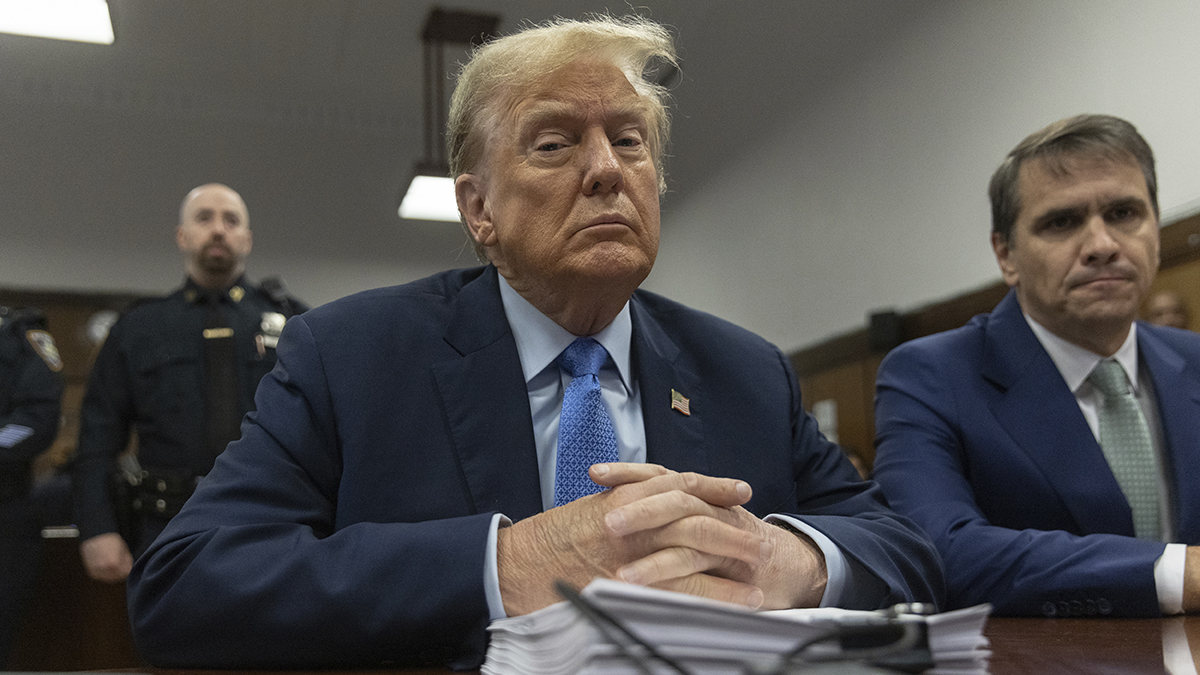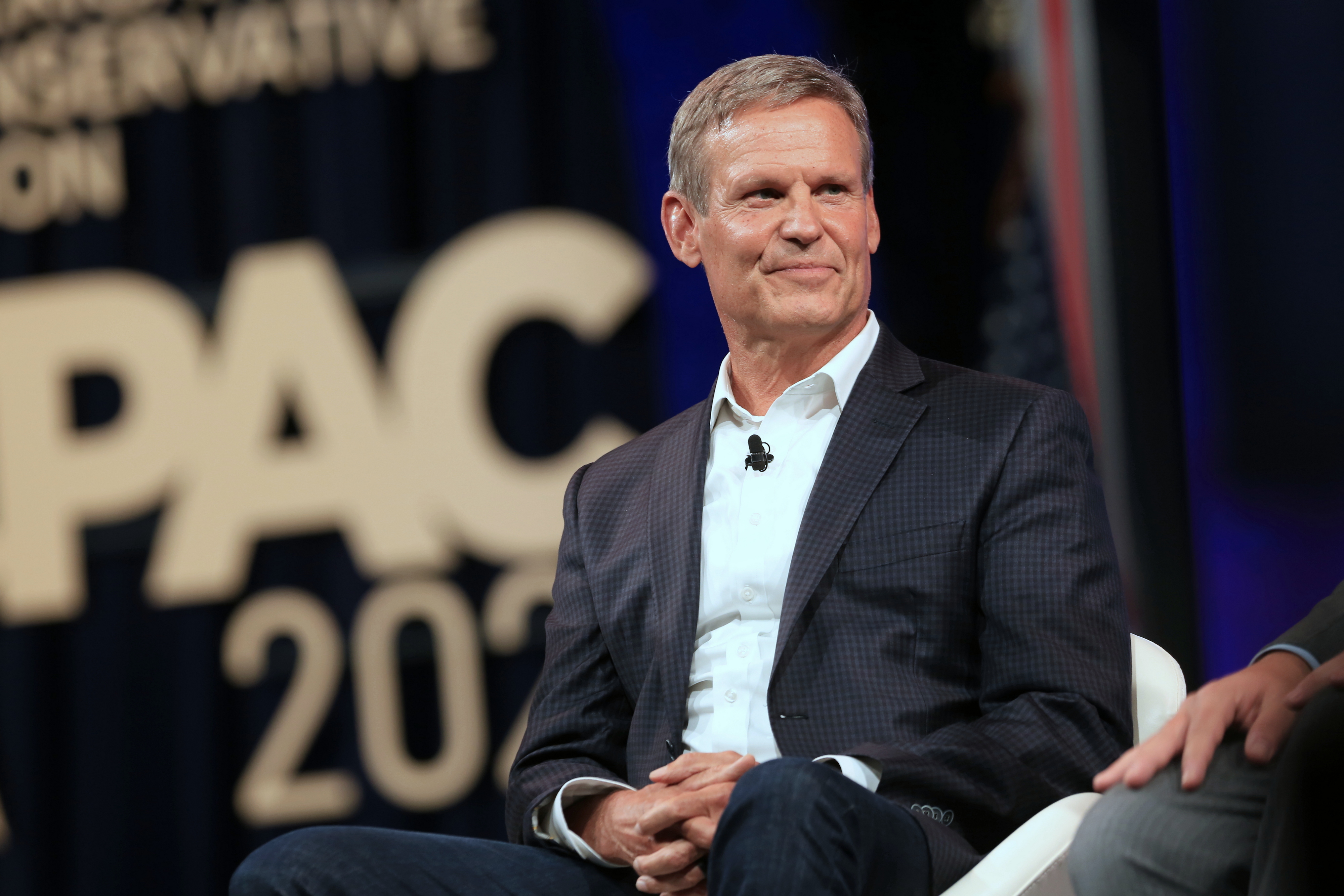Rep. Jonathan Steinberg (D-Westport), co-chair of the Energy and Technology Committee, talks about the effort to give regulators more discretion over rate setting for utilities.
Mike Hydeck: And this of course is after Eversource rates doubled in January, on the first. Ratepayers complained this week. Now we're hearing lawmakers complain, too. They talked about the profit that Eversource made last year in a release to investors. So what, if anything, can legislators do about it? Joining me now is Representative Jonathan Steinberg. The Democrat from Westport is the co-chair of the Energy and Technology Committee. Mr. Steinberg, welcome to Face the Facts.
Jonathan Steinberg: Good afternoon. Nice to be here.
Mike Hydeck: So when I open my Eversource bill, it's easy to understand how much energy I've used. But if you look at the supply side, which is the part that's doubled for various reasons that are going into that price, there are none of those reasons listed on the bill. Can the state actually require them to itemize it, saying this much goes to grid improvement, this much goes to the price of skyrocketing gasoline. How do we do that?
Get Connecticut local news, weather forecasts and entertainment stories to your inbox. Sign up for NBC Connecticut newsletters.
Jonathan Steinberg: I'm really glad you brought that up. I've been arguing for years we need a more transparent, easily understood electric bill. And the good news is that under PURA, both utilities are in the process of putting forward a new bill, which will be somewhat more transparent. It will break things out to a degree but certainly not to the degree that you just described. Unfortunately, there are vagaries of the procurement of energy, which change every six months, which is why we saw the huge increase for January bills, that are not easy to reflect on the bill. But I'm pleased at least that with PURA's urging, we are now going to have a bill that's somewhat easier to understand as to what the costs are that go into that final bill.
Mike Hydeck: It feels like and correct me if I'm wrong, that they request a rate hike almost every single year. Is that true? Is there a limit to how many times they can ask for more money?
Jonathan Steinberg: Yes, there is a limit to how many times they can bring forward a rate case. So it's really interesting to note that up until this UI rate case, they've been settling, without necessarily going through the full PURA rate case review, which is a problem. Because if we don't look under the hood occasionally, we don't understand some of the assumptions they're using to arrive at the costs they're suggesting they need to be compensated for. So settlements are great because they save us in some ways by coming to terms with them. But it's also important to have rate cases just like the one UI is going through so we better understand what their real costs are. To be fair, when you talk about, not the supply side, which has gone up so much, but on the delivery side, the transmission and distribution costs, they are having to make large investments in the grid. And interestingly, they're allowed to be compensated with some measure of profit for investments in the grid, and then the network structure. But interestingly, they're not making profit on the supply side, which I know astounds people, when they look at the fact that the CEO is making so much money. But in this case, it's mostly a pass through, which really limits government's ability to affect it.
Politics
Mike Hydeck: So let's talk about the grid investment. How do we know what kind of money they're putting towards the grid? And like you said, they're gonna get reimbursed for a large chunk of that. Does anybody walk out to the grid and say, "Look, there's a new X piece of equipment, here's another piece of equipment, this is how we're gonna be ready for the electric vehicle revolution because we're doing this." Where do we see that? How can we have proof of it?
Jonathan Steinberg: Well, it's gonna happen slowly. But we not only need to create the grid of the future, as you say, with wires that can handle electronics going both directions from your electric vehicles into the grid and back again, we also need smarter transformers that will make us more resilient and will allow us to identify when there are problems after a storm or quickly. We need to make investments in something called smart meters, which will eventually empower homeowners to make decisions in real time whether they want to be using or pushing back into the grid, electricity. But we haven't put that technology in place. And now they need to put that in place to do so. So that's coming in the next couple of years. You will see that pretty demonstrably when they install the new meters. But this is all taking time and people are frustrated right now.
Mike Hydeck: I know you've actually written an op-ed on those meters, are those meters part of the equipment that can be reimbursed, either by the state or the federal government? So that's not coming out of their pocket. If anything is coming out of ratepayers' pocket, and they're getting money back.
Jonathan Steinberg: You raise a really good point. And one of the things I tried to do, in urging the chairs before I became chair was to see how much of the federal funds for infrastructure might be applied for exactly this use to mitigate the impact on ratepayers. And we did try, I don't know how much is actually going to ultimately be used for that purpose. But anything we can do to reduce the impact on ratepayers because they're the only ones left to pay for it if it's not the federal government, would be appreciated. It's something we have to push really hard. And we'll see how it plays out because the sums of money necessary to implement this program statewide are significant, hundreds of millions of dollars.
Mike Hydeck: One last question on rates. One of the things I read as PURA Chair Marissa Gillett said they haven't had a rate case in a decade. Meaning, you know, being able to go through the books and say, "Look, this is where you're spending too much money. This is where you can can save the consumer money." It's almost as if they say, well, we'll do this one $75 million settlement because we did a poor job responding to Tropical Storm Isaias so now you can't look at our books anymore. Is there a way to change that?
Jonathan Steinberg: Well, you know, you would hear many people say that the settlements that we've arrived at in recent years in lieu of full rate cases have been beneficial to the ratepayer. But as I said earlier, if we don't look closely at the assumptions they make in arriving at their cost estimates and their request for increases, we really don't know if they hold water or not. You need a full rate case, the full nine yards. An extensive, comprehensive process. So it's important that both utilities have a full rate case at least periodically, you know, whether that's four or five years, otherwise, we really can't verify a lot of the things they're saying to us. So as much as I like settlements, that they benefit the ratepayers, I agree with the chair of PURA, we must have read cases frequently enough so we know what's going on with utilities. Obviously, we're suspicious. They're making huge profits; their CEOs are making huge amounts of money. If we don't really look under the hood, it's you know, it's on us that we're not up to speed with how they're claiming they're spending their money.
Mike Hydeck: Representative Jonathan Steinberg, thanks so much for joining us on Face the Facts. We appreciate your input and hope to have you back soon.
Jonathan Steinberg: That's great. See you next time.



